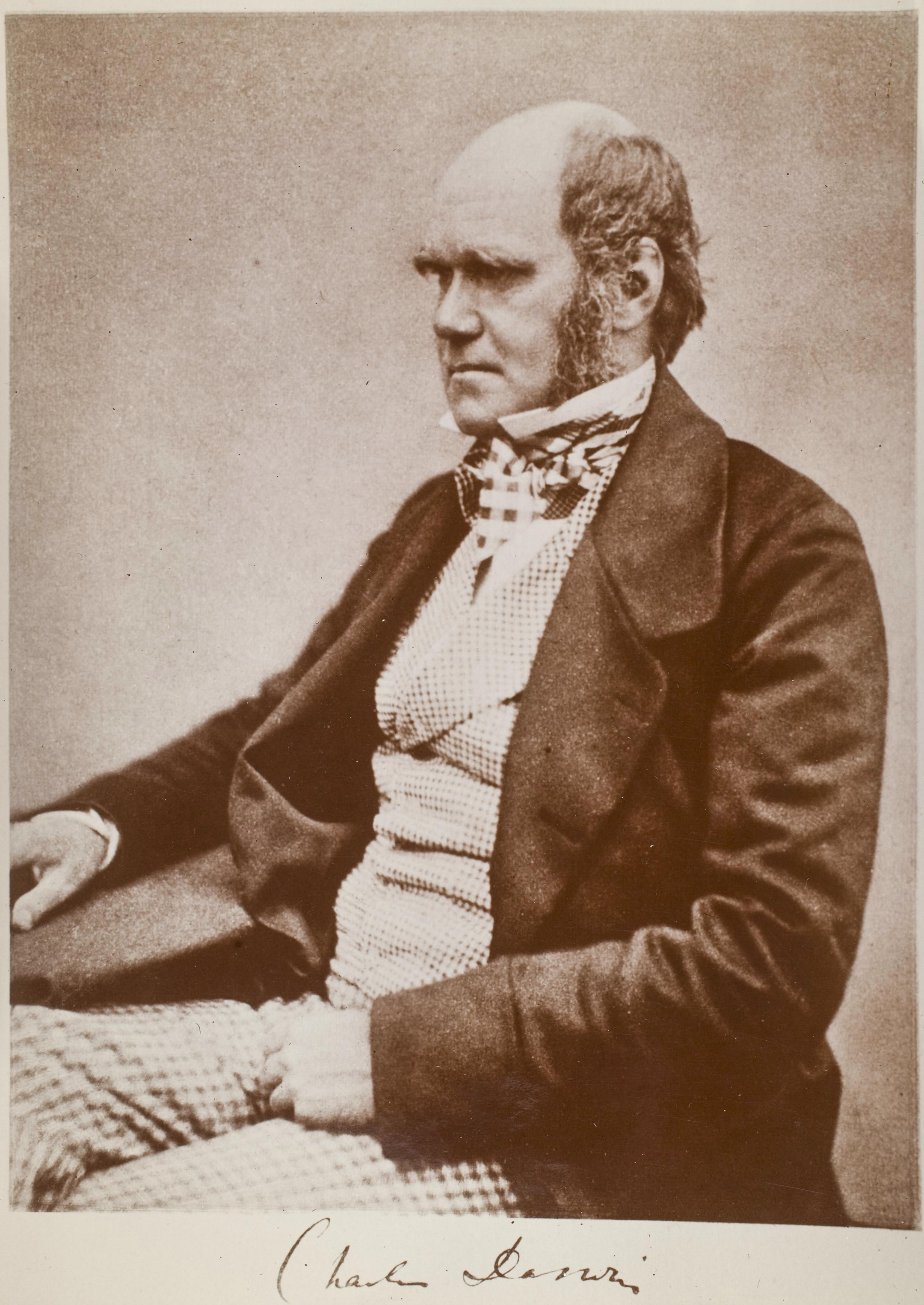Travel reporting became popular in the early 20th century. It branched off into different subgenres including guidebooks and travel literature, which is travel writing of literary value. Travel literature involves a person traveling for pleasure and writing down their experience in a travelogue. Travelogues usually show a narrative beyond just jotting down dates and events.
Travel literature often uses essay writing about a country or nation. It often includes extended observations about a culture. Sometimes nature intersects with travel writing. Naturalists write about their scientific studies and observations of wherever they are traveling to.
One of the most famous naturalists and travel writers is Charles Darwin. Darwin was an Englishman who wrote his famous and controversial On the Origin of Species in 1859.

In 1831, Darwin traveled on the HMS Beagle for almost five years. The expedition was intended to chart the coastline of South America. Darwin spent most of his time on land surveying the geology and natural history of South America, while the Beagle charted the coastline. He kept careful notes and theoretical speculations. He sent letters back to his family describing his journey.
In 1839, Darwin published Journal and Remarks, commonly known as The Voyage of the Beagle. The book is a vivid and exciting travel memoir which includes his changing view on some scientific theories. It includes some of his theories about natural selection and evolution as they were being formed.
“Considering the small size of these islands, we feel the more astonished at the number of their aboriginal beings, and at their confined range… within a period geologically recent the unbroken ocean was here spread out. Hence, both in space and time, we seem to be brought somewhat near to that great fact – that mystery of mysteries – the first appearance of new beings on this earth.”

Leave a response